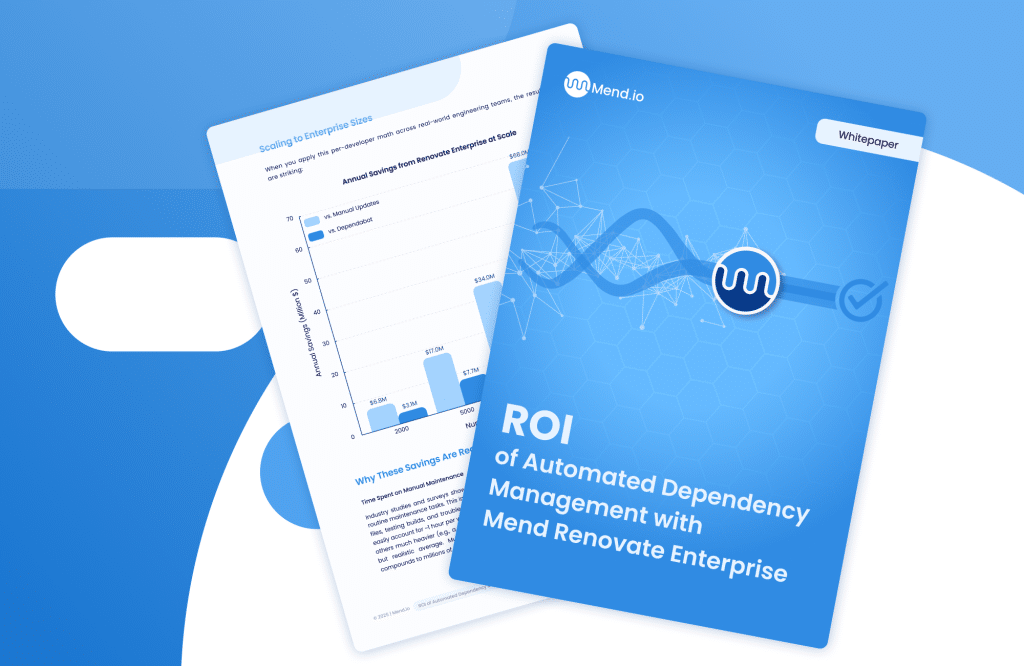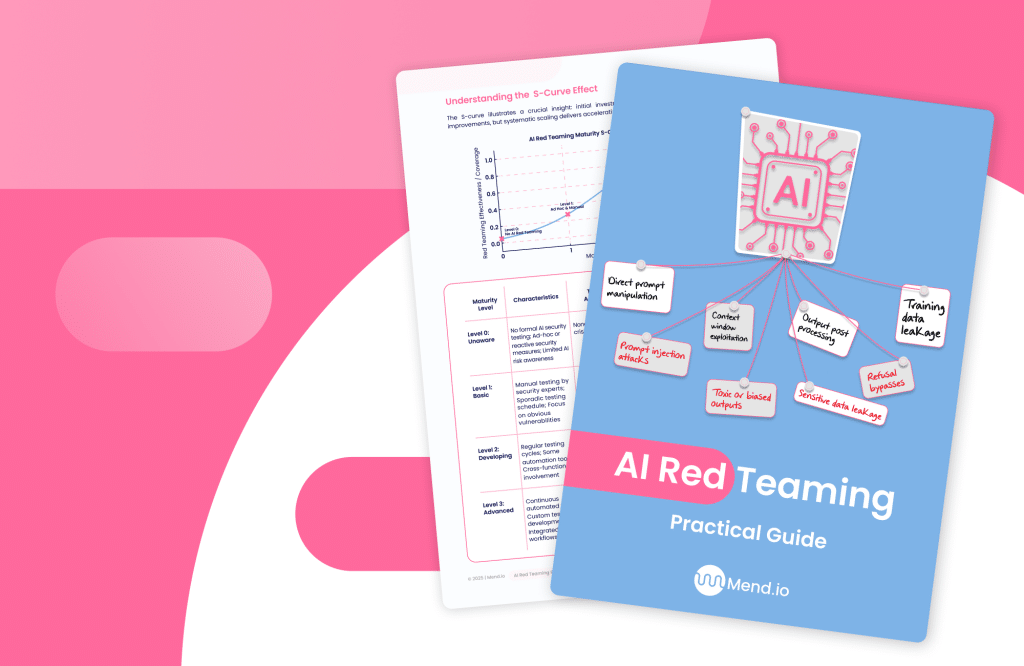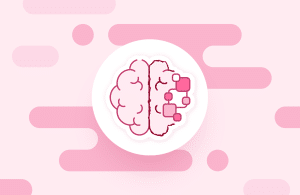Table of contents
Understanding Bias in Generative AI: Types, Causes & Consequences

What is bias in generative AI?
Bias in generative AI refers to the systematic errors or distortions in the information produced by generative AI models, which can lead to unfair or discriminatory outcomes—one of several key risks highlighted in the OWASP Top 10 for LLM applications. These models, trained on vast datasets from the internet, often inherit and amplify the biases present in the data, mirroring societal prejudices and inequities. This can manifest in various ways, such as amplifying certain political or ideological views, perpetuating stereotypes, creating misleading content, or unequally representing different groups.
The consequences of biased generative AI are far-reaching and can impact individuals and society at large, contributing to broader trust and governance issues discussed in recent generative AI statistics around adoption and risk perception. For example:
- Discrimination: Biased AI in hiring processes can unfairly disadvantage certain candidates based on gender or ethnicity. Similarly, biased healthcare algorithms could lead to misdiagnosis or unequal treatment recommendations for certain demographic groups.
- Political influence: With the growing use of AI, generative models with specific political leanings can have a major influence on public views, influence election results and interfere with democratic processes.
- Perpetuation of stereotypes: Generative AI models can reinforce harmful stereotypes by, for example, associating specific professions with particular genders or races.
- Erosion of trust: When AI systems produce inaccurate or biased outputs, it can undermine public trust in the technology and the institutions using it.
As generative AI becomes increasingly used in applications like chatbots, image synthesis, and content creation, recognizing and mitigating bias becomes critical to ensure fair and equitable results—and to build a foundation for robust generative AI security across AI-driven systems.
Common types of bias in generative AI
Representation bias and representational harm
Representation bias arises when training data fails to proportionally represent all groups, leading generative AI to marginalize or inaccurately depict minorities. In image and language models, this often results in the underrepresentation or mischaracterization of certain communities or identities.
Political bias
Political bias in generative AI occurs when models favor particular ideologies, parties, or perspectives, whether through word choice, framing, or omission of facts. This bias can appear in news summaries, content moderation, or synthetic social media posts, subtly steering users’ understanding of political issues. It often stems from unevenly distributed political opinions in the training data, where certain viewpoints dominate over less represented perspectives.
Gender and racial bias
Gender and racial bias in generative AI are persistent and often produce outputs that reflect and amplify prejudices encountered in society. For example, text generators may suggest traditionally male roles for leadership positions or pick lighter-skinned individuals when prompted to visualize professionals like doctors or CEOs. These biases stem from historic and contemporary imbalances both in data and in the broader social context.
Language and cultural bias
Language and cultural bias manifests when generative AI models perform substantially better for languages or dialects prevalent in the training data, often at the expense of less common languages or non-standard linguistic forms. This can lead to lower quality outputs for users interacting in regional dialects or minority languages and can reinforce a digital divide along linguistic and cultural lines.
Root causes of generative AI bias
There are several reasons for bias to emerge in generative AI systems.
Biased or unbalanced training datasets
The most significant contributor to bias in generative AI is the quality and composition of the training datasets. If the data used predominantly reflects the experiences, language, or perspectives of a particular group, the model will learn and reproduce these biases systematically in its outputs.
This disparity often occurs due to the overrepresentation of specific demographics on the web or available datasets, resulting in models that cannot generalize fairly across the broader population. In many cases, bias arises from poorly labeled data, insufficient examples of minority classes, or outright exclusion of data from certain regions, groups, or historical contexts.
Model architecture and token-level patterns
Beyond data issues, the architecture of a generative AI model and how it learns token-level patterns can introduce or amplify biases. Transformer models, for instance, may overemphasize frequent co-occurrences in the training set, leading to reinforcement of societal biases ingrained in language or visual relationships.
This results in outputs where, for example, certain professions are nearly always paired with one gender or ethnic descriptors, regardless of context. Even with balanced data, inductive biases within model design or preprocessing can inadvertently shape how information is weighted and combined during generation. The lack of interpretability in large-scale models further complicates efforts to diagnose and counteract such biases.
Cultural and institutional blind spots
Cultural and institutional blind spots emerge when AI creators overlook the perspectives and needs of groups outside their immediate environment. Model developers, data annotators, and oversight teams may unconsciously embed their own assumptions and values into both the design process and the criteria used to assess model performance.
These blind spots can become systemic, especially within organizations lacking diverse viewpoints or robust review mechanisms. When unchecked, institutional bias leads to products ill-suited for global audiences or marginalized communities, causing harms that range from minor inconveniences to significant social or economic exclusion.
The consequences of biased generative AI
Discrimination
Discriminatory outcomes from generative AI systems arise when certain groups are consistently disadvantaged in the outputs, such as when job recruitment tools filter out resumes based on gendered or ethnic names or image generators produce stereotypical depictions of minorities. This kind of bias can reinforce existing social hierarchies and put marginalized individuals at greater risk of exclusion from crucial opportunities.
Discrimination by AI is not always obvious; subtler forms, such as differences in the tone or detail of generated responses, can still have significant cumulative effects. The implications of discrimination by generative AI extend beyond hurtful outputs—they can undermine access to essential services, influence hiring and lending decisions, and damage reputations.
Even when not intended, algorithmic discrimination can lead to legal liabilities for organizations deploying such technologies and erode users’ confidence in automated systems. As more sectors rely on AI-generated outputs, oversight and deliberate safeguards become imperative to prevent unintentional harms.
Political influence
Generative AI can shape political influence through its widespread use in generating persuasive content, such as synthetic news articles, social media posts, or political commentary. When trained on datasets with skewed political content, models may systematically favor certain ideologies or misrepresent policy positions, potentially altering public perception. For instance, subtle word choices or framing biases can paint one political group in a more favorable light while casting opposing views as extreme or irrational.
The automation and scale enabled by generative AI also allow for mass production of politically charged content, which can be weaponized for coordinated campaigns or misinformation efforts. Bots powered by generative models can simulate grassroots support, flood discourse with biased narratives, or drown out dissenting voices. This not only distorts the information ecosystem but also undermines democratic deliberation by manipulating what people see, read, and believe. Safeguards against political manipulation must consider both content bias and the dynamics of AI-driven amplification.
Perpetuation of stereotypes
Generative AI models trained on large-scale internet data are especially prone to perpetuating and amplifying stereotypes present in their training data. When prompted with ambiguous or identity-related tasks, these models may default to biased depictions—such as associating particular professions with specific genders or ethnicities.
Over time, widespread AI-driven content that echoes these stereotypes may shape public perceptions, reinforce societal biases, and influence group self-esteem. The risk includes the escalation of their impact through the scale and credibility endowed by AI.
When AI-generated content is mistaken for neutral or authoritative, it can become harder for individuals to detect bias, making corrective action by users or developers more difficult. Developers must pay close attention to the social signals embedded in their training data and take proactive steps to disrupt the cycle of stereotype reinforcement.
Erosion of trust
When users become aware of bias in generative AI outputs, trust in both the technology and the entities deploying it can rapidly erode. Reports of biased language models or image generators often attract widespread media attention, fueling skepticism among the public and within organizations.
For industries such as healthcare, finance, and education, where accuracy and impartiality are essential, the perception of bias can discourage adoption, reduce engagement, and cause regulatory scrutiny.
Erosion of trust has repercussions beyond immediate model performance—it can stall innovation and investment in generative AI entirely. Once lost, user trust is difficult to regain, as audiences may remember early instances of bias more vividly than later improvements.
Real world example of biased generative AI
A recent academic study (Zhou et. al, 2024) analyzed over 8,000 AI-generated images from Midjourney, Stable Diffusion, and DALL·E 2 reveals how generative AI can systematically produce biased representations across occupations. By using standardized prompts like “A portrait of [occupation],” the researchers found consistent gender and racial biases across all three tools.
For example, the share of female representations in occupational images was significantly below real-world benchmarks—23% for Midjourney, 35% for Stable Diffusion, and 42% for DALL·E 2—compared to the actual U.S. labor force, where women make up 46.8%.
Black individuals were markedly underrepresented, with DALL·E 2 showed only 2% representation, Stable Diffusion 5%, and Midjourney 9%, against a real-world baseline of 12.6% Black participation in the labor force. These disparities were even more pronounced in jobs requiring less formal preparation or in high-growth sectors.
Beyond numeric imbalances, the models also displayed subtle biases in facial expressions and appearances. Women were more often depicted as younger and smiling, while men appeared older with more neutral or angry expressions—traits that can signal authority and competence. These portrayals risk reinforcing gender stereotypes about warmth versus authority and can unconsciously shape perceptions about capability and leadership.
Best practices for reducing bias in generative AI
Here are some of the ways that organizations can help mitigate the risks associated with bias in generative AI.
1. Build diverse, representative training data
To reduce bias in generative AI, the most foundational practice is the creation and curation of diverse and representative training datasets. This involves collecting information from a wide spectrum of sources, demographics, and contexts, ensuring that minority and marginalized groups are not only included but proportionally represented.
Targeted outreach, careful data sampling, and engagement with domain experts can help close the gaps that often lead to underrepresentation and mischaracterization in AI outputs. Diversity in training data must also address the nuances within groups by including a range of voices, dialects, socioeconomic backgrounds, and lived experiences. Careful annotation and validation processes can uncover and correct subtle imbalances before training models.
2. Adopt fairness‑aware model training techniques
Fairness-aware training techniques focus on structurally reducing the risk of bias as AI models learn. This can include reweighting training samples, augmenting data with synthetic examples to balance underrepresented classes, or applying adversarial debiasing techniques that penalize biased predictions during model optimization.
Regular assessments of model outputs across different demographic groups are critical, ensuring consistent performance and avoiding disparate impacts. Adopting these techniques often requires collaboration between domain experts and machine learning practitioners. Establishing fairness constraints during model selection, fine-tuning, and evaluation helps embed ethical considerations directly into the technical process.
3. Perform regular audits and red teaming evals on outputs
Routine audits of generative AI outputs are important for uncovering bias not detected during initial development. Regularly sampling and reviewing outputs across various contexts, identity groups, and application scenarios can identify problematic patterns that require intervention. Red teaming—inviting adversarial reviews from both internal and external parties—helps to surface vulnerabilities and biases missed by routine evaluations.
Such audits should leverage quantitative metrics (like demographic parity or equalized odds) and qualitative reviews, combining automated tools with human oversight. By instituting scheduled bias audits and red teaming exercises, organizations can ensure timely adjustments and remediation, maintaining the fairness and reliability of generative models.
4. Deploy human‑in‑the‑loop interventions
Human-in-the-loop (HITL) approaches integrate human judgment at key points in the data collection, training, or output generation pipeline. This allows experts to review, override, or flag AI-generated outputs that may carry bias or unintended implications. HITL processes are especially valuable in domains where contextual understanding or cultural sensitivity is required—areas where AI models still struggle to account for nuance.
Effective HITL systems establish clear escalation protocols, feedback mechanisms, and loop closures so interventions lead to improved model behavior over time. This not only limits immediate harms but also helps collect new annotated data for future model training. While HITL cannot replace the need for fundamentally unbiased models, it is a last line of defense.
5. Continuous monitoring and feedback integration
Bias reduction is a continuous process requiring post-deployment monitoring and rapid feedback loops. Organizations should implement mechanisms to track user reports, performance metrics, and output samples for ongoing detection of emergent biases.
Automated anomaly detection, combined with rapid response teams, ensures timely reactions to issues as they arise in live environments. Feedback from diverse real-world users should inform incremental dataset updates, model retraining, and improvements in evaluation protocol. Continuous learning keeps the model aligned with evolving usage contexts, social values, and user expectations.
Preventing generative AI attacks with Mend.io
Bias in generative AI isn’t only a fairness problem, it’s also a security risk. Attackers can exploit biased behaviors to manipulate model outputs, amplify misinformation, or gain access to sensitive information through prompt injection. Left unchecked, these vulnerabilities put both organizations and end users at risk.
Mend.io’s AI Native AppSec Platform is designed to help companies deploy AI safely and responsibly. By combining bias mitigation with security controls, Mend.io prevents attackers from turning model weaknesses into real-world exploits. Key capabilities include:
- Prompt Hardening – Detects and blocks adversarial prompts that exploit bias or attempt to override system instructions.
- AI Red Teaming – Continuously stress-tests models against manipulation scenarios, including biased outputs that attackers could weaponize.
- Policy Governance – Ensures consistent oversight of how AI models are trained, tuned, and used across the organization, reducing the risk of blind spots.
By pairing bias-aware oversight with application security discipline, Mend.io gives organizations the confidence to innovate with generative AI without leaving themselves open to attacks—helping bridge the gap between fairness, resilience, and generative AI security. The result: AI systems that are not only fairer, but safer, more trustworthy, and ready for enterprise use.










